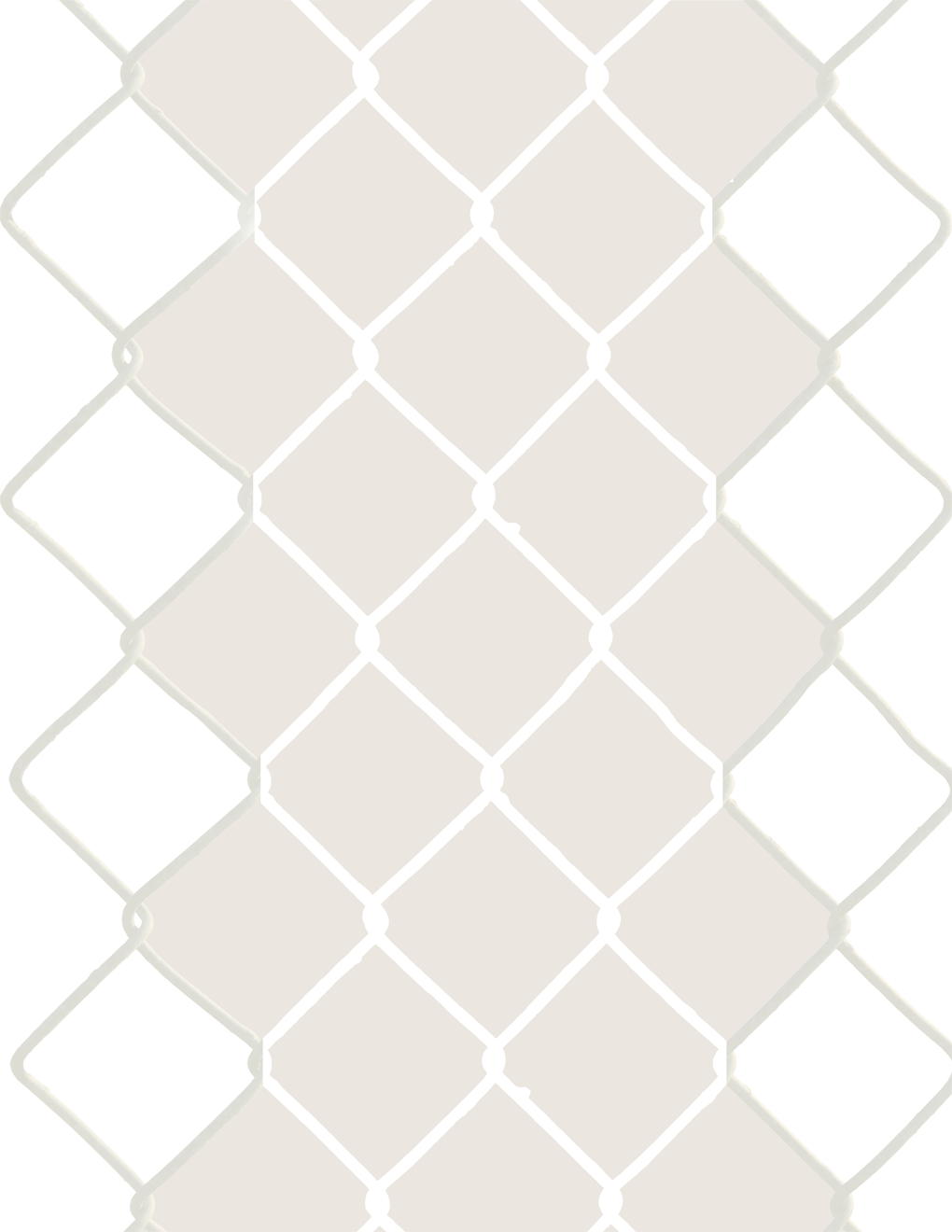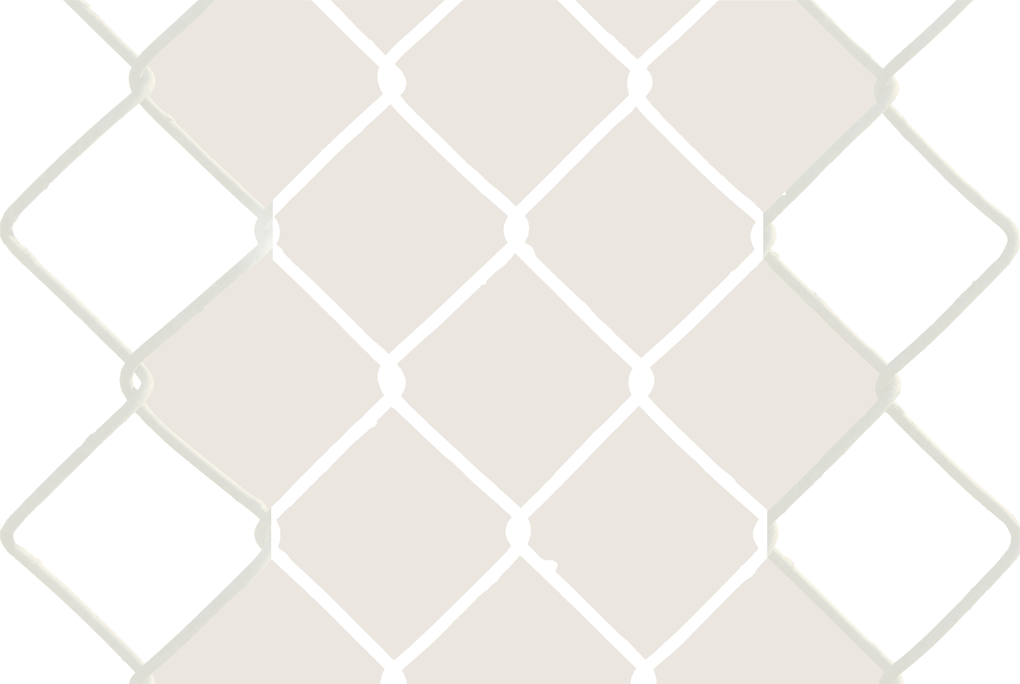




This text is by Emma Davis in her capacity and does not, necessarily, reflect the views of different infinite mile contributors, infinite mile co-founders, the authors' employers and/or other affiliations.
| Site-Specific Performance as Community Engagement at Flint’s Riverbank Park |
|||||||||||||||||||||||||
Emma Davis |
|||||||||||||||||||||||||
In 2014, I created the Riverbank Park Dance Project in response to the impending demolition of portions of the modernist concrete park located in downtown Flint. The project goal is to increase knowledge and awareness of Riverbank Park by working with community members to engage with the public space through a series of art workshops, dialogue sessions and performances. The project concluded in September 2015 with a traveling, site-specific performance of music, theatre and dance created for and with the Flint community.
A work of art itself, Riverbank Park spans five blocks on both sides of the Flint River and is an important part of Michigan’s architectural heritage. The park was a source of pride for the community when it opened in 1979, but has since faced many challenges, including long-deferred maintenance, blight and vandalism. The space is still a vital part of downtown, home to events like the Flint Jazz Fest, Juneteenth, weddings, parkour and public art. But even so, it remains underutilized due to concerns of safety, and portions of the park’s amphitheatre were eventually removed in 2015 by redevelopment efforts.
My first experience with the park was in 2008 when walking by it on my way to the dance studio at University of Michigan-Flint. I often visited the park to hang out with friends after art walks and explore the maze left by the waterless Grand Fountain. Without a working water system to bring it to life, only a concrete skeleton of the park remains. I fell in love with the architecture of the park because it was a perfect space for creative movement, and even more so when it was empty of water. But my love for the park was threatened when the City of Flint received a grant award in 2012 to remove portions of the park’s concrete features, fill in the canals with dirt and add an accessibility ramp and kayak launch. Simultaneously, this was when I first learned of the Lawrence and Anna Halprin connection to the park.
In 1976, Riverbank Park was designed by the office of Lawrence Halprin & Associates to meet the requirements of an U.S. Army Corps of Engineers flood control project. Lawrence often collaborated with his wife, postmodern dancer Anna Halprin, to help communities explore and discuss public spaces. Like many of Halprin’s designs, Riverbank Park was built for interaction, engagement, and exploration, as well as function. The public park was designed based on ideas from the community and was nicknamed the “people’s park” when it first opened. It includes a farmer’s market area, waterfall walls, Grand Fountain, Archimedes’ Screw Block and an amphitheater surrounded by a canal, that when filled with water, creates an island stage on the river. It was one of several projects to attract tourists and support economic development during the beginning of what would be Flint’s multi-decade recession. By the late 1960s and early ‘70s, a declining auto industry and layoffs led to increased crime and poverty, and suburban ‘white flight,’ which began to empty out much of the city. Learning about the history gave me a stronger connection to the space, and I wanted more from this once beautiful park. I wanted others to see it as I did. I wondered how the community would respond to Riverbank Park if we applied Anna Halprin’s participatory dance methods in the space designed by the office of her husband and collaborator, Lawrence. I wanted to bring the area to life and get visitors moving through the park as it was originally intended, hoping to create a connection that would inspire future visits and increase awareness to what a resource Flint has in front of its eyes.
In 2014, one year before the construction, I launched a series of workshops that lead participants around the different blocks through movement scores, while also discussing park history. The goal was to create a positive experience with the space while reflecting on what the park means to our community. Participants interacted with the site through sensory activities and two of Anna’s movement scores, Passive/Active and The Golden Positions (sit, stand, walk, lay down), which was originally developed for dancers and architects to explore spaces. The results were positive, as participants interacted with the site in ways that they previously hadn’t. Many people expressed they’d like to help keep the park clean and to improve its condition. Near the end, everyone created artistic responses about the park through drawing, poetry and dance, which were later highlighted in the 2015 performance. Half of the participants had never visited the park before the workshop, but every person said they would likely return.
Many of the drawings created during the workshops imagined the park’s potential, with multiple shades of green grass and blue water flowing through the canals and fountains. Poems articulated challenges. One poem written from the perspective of the park said, “I am not very old, but I feel like it. I used to feel much stronger now, but I’ve fallen ill recently.” Another poem: “The glorious plan for the space has been lost, but, it still has a purpose. It’s part of the earth and as the trees shelter the walls, it continues to exist to the world, wants to be seen.” For movement responses, many people did “the wave” with their arms, where one arm lifts and floats back down while the other arm echoes to look like rippling water.
The workshops identified what people thought of the park today, but embracing memories was also essential to the performance. The project held two story circles, or dialogue sessions, to better understand how people have personally interacted with the park. A story circle is a method that values the voice of each person while identifying recurring topics important to the whole community. Some people said they wanted more activities like the monthly cookout a local church group had for community members and homeless people. Women felt unsafe at the park, and others worried about the next-door neighborhood, Carriage Town, a historic area one woman said was a place where she feared getting robbed.
In 2015, the project created a site-specific, interdisciplinary performance that traveled around Riverbank Park. The goal was to reach a wider audience than the workshops, and to engage audience members with the modernist architecture and park history. As audience members traveled throughout the major blocks of the park, they experienced thoughtful and sometimes surprising theatre, music and dance based on community memories and history. The performance was comprised of eight different scenes, including a 1970s park fundraising pitch, fishing, dancers representing elements of nature and points in time, music from festivals over time and the construction today. The finale was an entire scene at the Grand Fountain representing the future of the park, which was inspired by and featured artistic responses created during the 2014 workshops.
A unique aspect of the performance was the opportunity for audience members to interact with the space and participate in the performance itself. This included interacting with the actors through discussion and response and participating in Anna’s Golden Positions score. Following the score, people articulated that they became more aware of nature in the park, even though it was right downtown, and they felt an improved connection with the space. After the show, the audience discussed the performance, their experiences and the role of the park in Flint’s future. Many hoped to see water flowing through the park again, specifically at the Grand Fountain, but many just hoped that people would visit the public space more often. As one audience member put it, “…the key to any park is to have people be able to actually participate in it. Parks don’t exist in a vacuum. Without people being there, it’s all for nothing.”
The Riverbank Park Dance Project brought attention to Flint’s history and culture at Riverbank Park, while creating a space for community reflection and discussion. The project’s success was based on the focus towards community voice and the opportunities to discuss issues important to residents. Overall the project created a wider use and appreciation of the park by bringing people there to experience it first-hand in a memorable and meaningful way that valued local history and culture.
|




